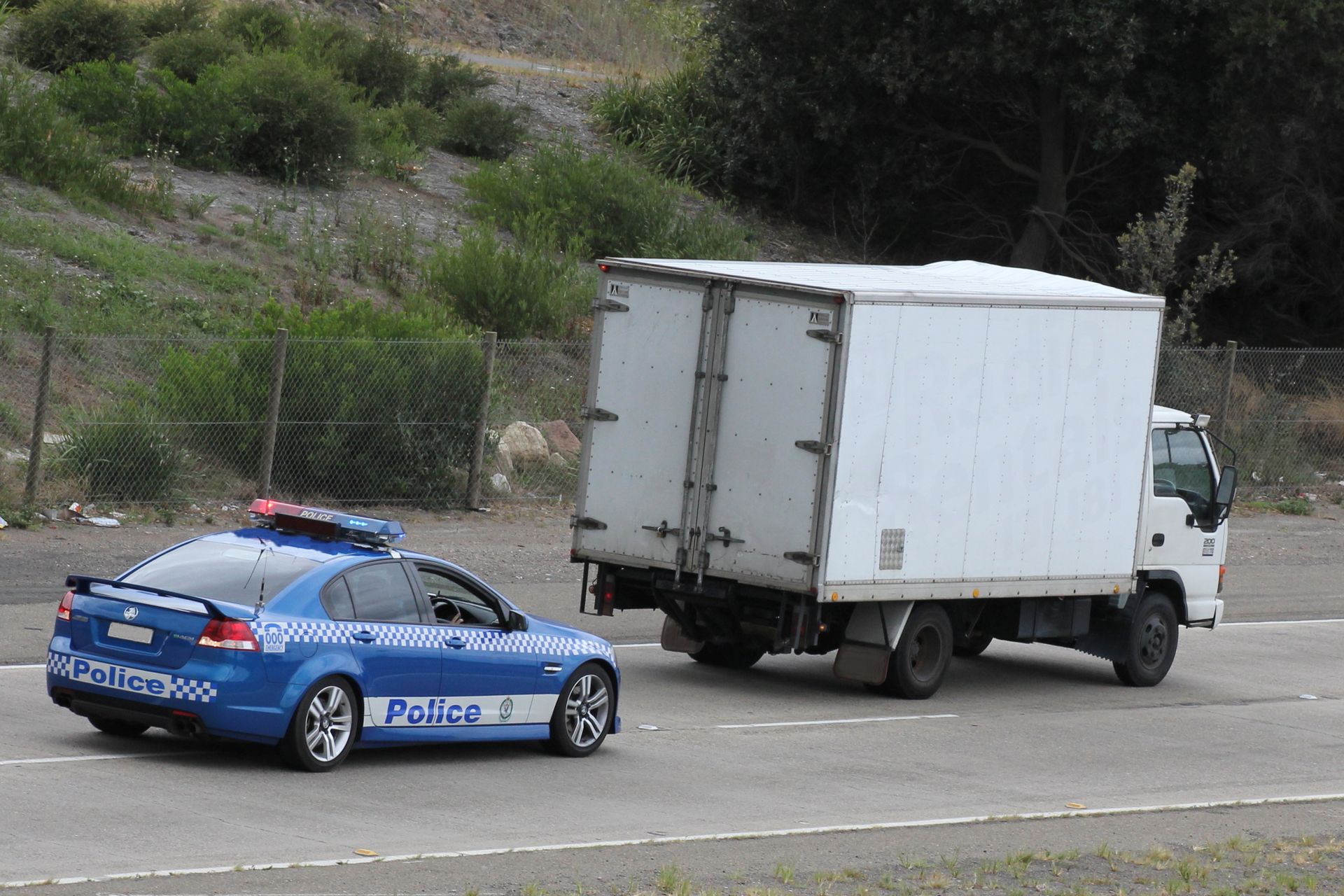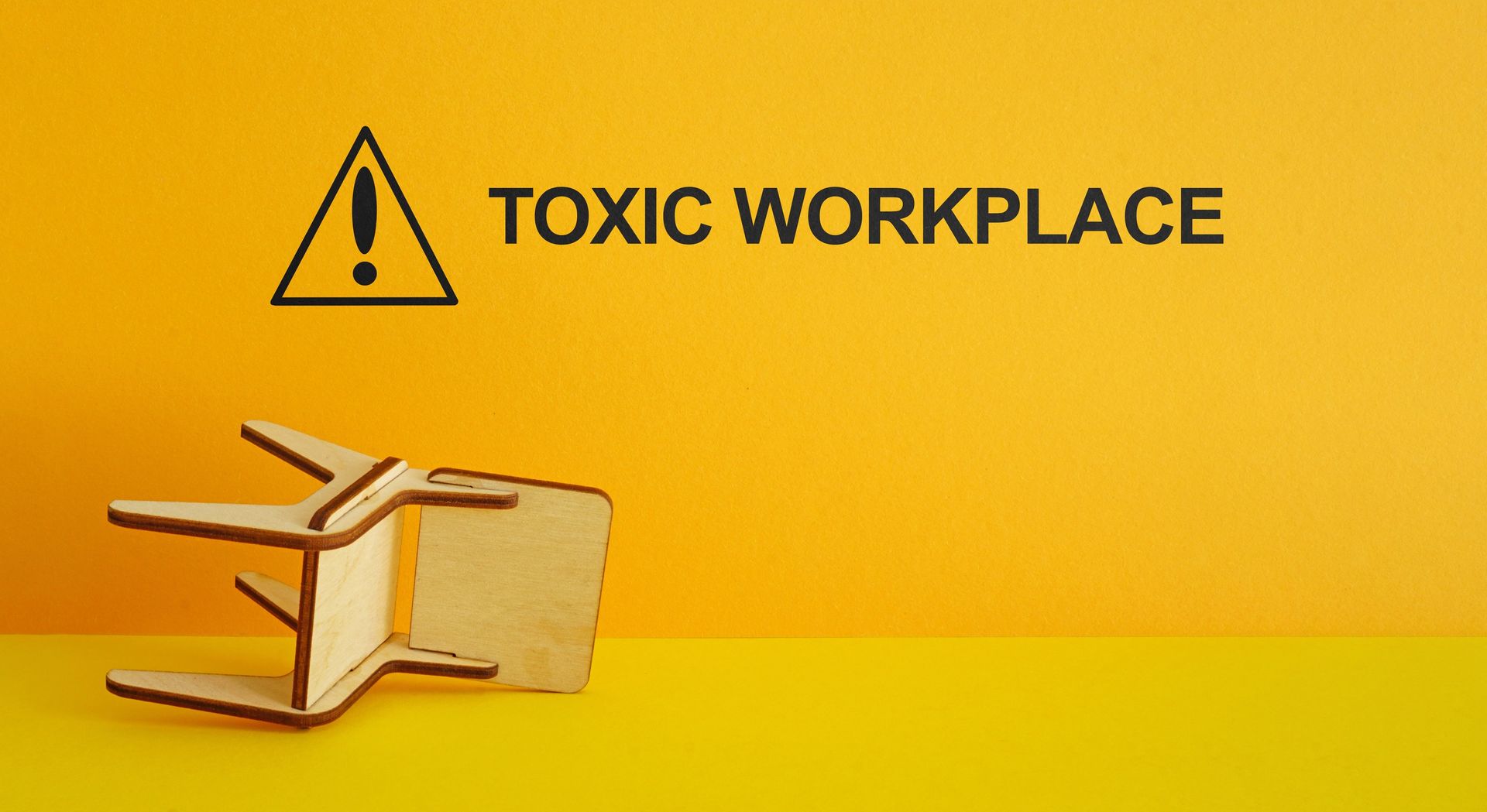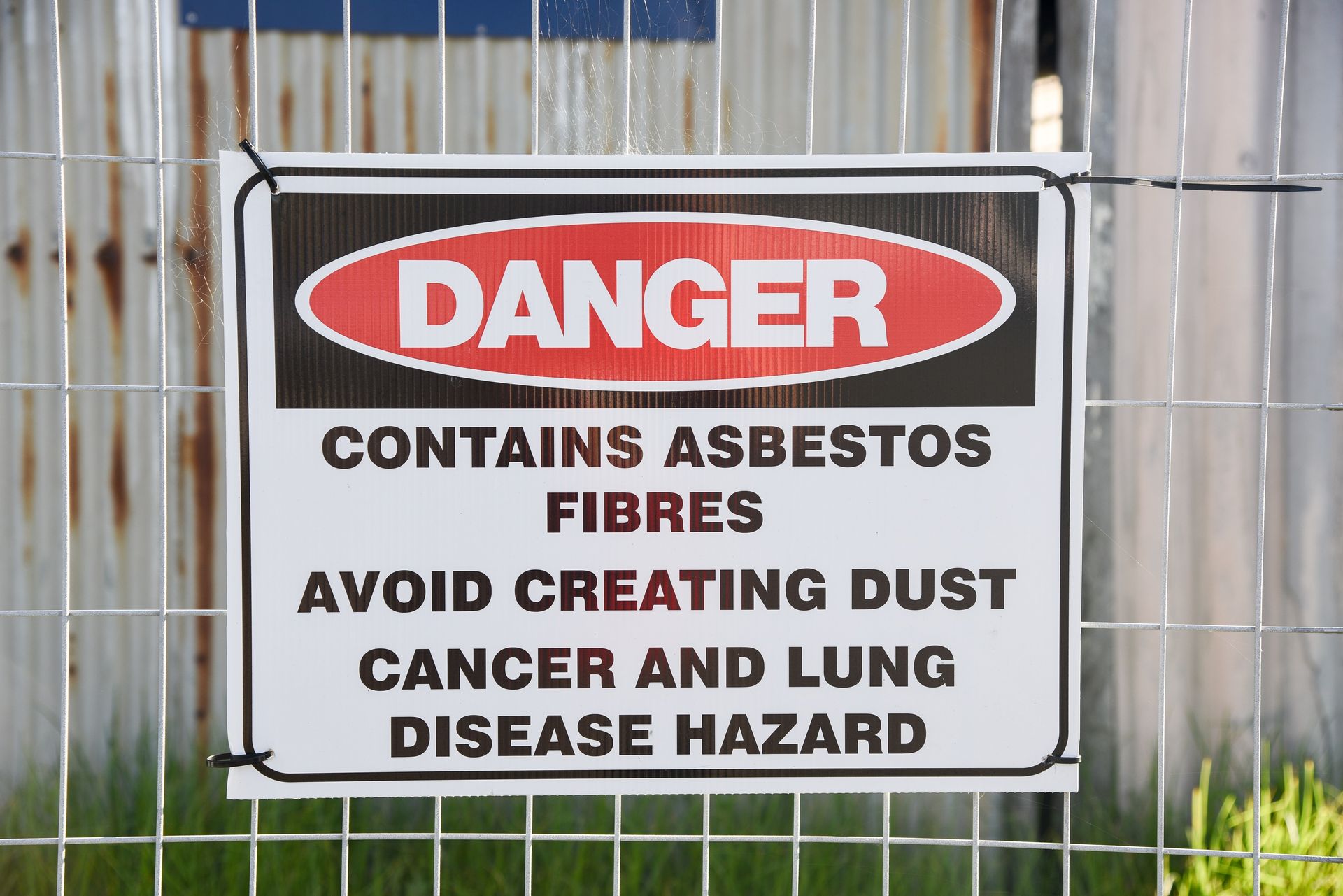Expertise
Assault
SPEAK WITH AN ASSAULT LAWYER IN SYDNEY
Criminal Law Specialists
Our team handles all criminal matters, including assault, affray, theft, fraud, murder, traffic offences, drink driving, drug offences, and more.
24/7 Criminal Law Advice
We are available across Sydney 24 hours a day, 7 days a week to advise you on your case — and our first consultation is free!
Top-Tier Team
Guided by a former police officer and senior prosecutor, our team brings deep courtroom expertise to defend your rights.
Extensive Experience
With years of experience, we manage most summary matters without the additional cost of barristers, keeping legal fees manageable for clients.
Here to Help
Have you been charged with assault? A conviction could lead to life-altering consequences. Fortunately, getting legal advice can help you come up with an effective strategy to challenge the charges against you. At Kells, our dedicated assault lawyers in Sydney are available around the clock to guide you through the legal process, protect your rights, and build a strong defence on your behalf.
Crime
Area of Expertise
How We Can Assist in Assault Cases
Being charged with a criminal offence like assault is extremely stressful, especially when the stakes include the risk of losing your freedom. The stakes are too high to leave your legal representation to anyone.
At Kells, our assault lawyers in Sydney have extensive experience in assault cases and are prepared to provide vigorous representation that puts your rights first. Get in touch today to find out how we can safeguard your rights and strengthen your defence.
What do I do if I am charged with assault?
Assault covers a broad range of offences, from merely touching a person to murder. Offences that can be charged under the banner of “assault”:
-
Common Assault
Common assault may be charged even if no physical harm is caused. Various acts can qualify, such as touching someone, punching without causing injury, or even spitting. Threats, even without contact, may also be common assault. The maximum gaol term for common assault is 2 years, though aggravating factors, such as assaulting a police officer, can increase the penalty.
-
Assault Occasioning Actual Bodily Harm
Assault occasioning actual bodily harm occurs when an assault results in injury to the victim. While the legislation does not specify which injuries qualify, it typically includes cases involving scratches or bruises. Psychological injuries may also fall under this offence.
The maximum penalty for this offence is 5 years in prison, or 7 years if it was committed in company. Importantly, the prosecution does not need to demonstrate that the offender intended to assault the victim; they must only prove that an assault took place, that it caused actual bodily harm, and that the offender was responsible for the assault.
-
Reckless Wounding
Wounding refers to injuries breaking the skin, as defined by the courts. A weapon isn’t necessary, and injuries may be minor. The offence’s severity depends on the wound's seriousness and attack details, like the number of strikes or the context. Reckless wounding carries a maximum of 7 years or 10 years in company.
-
Reckless Grievous Bodily Harm
What is grievous bodily harm?
Grievous bodily harm (GBH) refers to any serious injury or significant permanent disfigurement. While there isn’t a definitive list of injuries that qualify, GBH applies even if the victim eventually makes a full recovery; permanence is not a requirement for this offence. Ultimately, it is up to the court to determine if the injury meets the threshold for grievous bodily harm. The maximum penalty for this offence is 10 years in prison, or 14 years if the act is committed in company.
What constitutes recklessness?
Recklessness pertains to the mental state of the offender at the time of the offence. The prosecution must demonstrate that the offender was aware that their actions could result in some form of harm. For instance, if the accused recognised that punching someone in the face could lead to a broken nose, then they are considered reckless regarding that harm, thus fulfilling the criteria for this offence.
-
Intent to Cause Grievous Bodily Harm
As with reckless grievous bodily harm, the injury must be classified as grievous, but here, intent to cause harm is required. The offender must have intended the injury. The maximum sentence for this offence is 25 years.
-
Assault of a Police Officer in the Line of Duty
Assaulting a police officer is taken seriously, with deterrence a priority for the courts. The maximum gaol term for this offence is 5 years. There are other offences that deal with the assault of police, they include:
- Assault, throw missile at, stalk, harass or intimidate – maximum penalty is 5 years imprisonment
- Assault occasioning actual bodily harm – maximum penalty is 7 years
- Wound or inflict grievous bodily harm – maximum penalty is 12 years.
-
Assault Causing Death - ‘One Punch Legislation’
This offence was introduced to address fatal one-punch assaults. It mandates an 8-year minimum, with a maximum of 20 years or 25 if the offender was intoxicated. For a charge, the assault must involve a deliberate hit, not justified by law, causing the victim's death. While similar to manslaughter, this offence carries stiffer penalties.
-
Attempt to Choke
Attempting to choke, suffocate, or strangle someone carries a maximum of 25 years. This is a serious offence under the law.
-
Administering an Intoxicating Substance
Primarily dealing with drink spiking, this offence includes administering alcohol, drugs, or any mind-altering substance with intent to commit an indictable offence. The offence is more severe if the substance could cause injury, with a maximum of 25 years in prison.
Other Factors to Consider
-
Factors Courts Consider in Assault Cases
When evaluating the gravity of a personal violence offence, the court will consider the following elements:
- Extent and Nature of the Victim’s Injuries: The seriousness of the victim’s injuries is key in assessing the offence's severity and determining the appropriate sentence. Generally, more serious injuries result in a more severe offence and a harsher penalty.
- Degree of Violence Inflicted by the Offender: The level of violence used by the offender will influence the sentencing decision. More violent attacks typically incur more severe penalties.
- Intention/Mental Element: This consideration is typically governed by the legislation that defines the offence.
-
Aggravating Factors
Assaults can be classified as more serious when specific aggravating factors are involved. These factors are often found in personal violence offences. When such factors are present, the resulting sentence for the offender is likely to be more severe. Examples of aggravating factors include:
- Weapons – actual use or threatened use in the commission of the assault. This includes weapons such as knives, firearms, syringes, glasses or broken bottles
- Premeditation – Where premeditation or planning is a factor, the court will look to the degree of premeditation when determining the seriousness of the offence committed
- Unprovoked offence – Where the attack is unprovoked and unjustified
- Offence committed in company – Where the offence is committed in the company of others
- Vulnerable victim – Where the victim is vulnerable (for example, due to age, disability or occupation i.e. a service station attendant or bus driver or security officer)
- Commission of offence in victim’s home – for example during a robbery or where the accused has entered the property of the victim and then assaulted them
- Gratuitous cruelty – This is where the offence goes beyond just being violent in nature, it includes situations where the offender has gone beyond having no justification for causing pain. An example of gratuitous cruelty is found where the offender tortured the victim or the offender punches or kicks a pregnant woman in the stomach, causing a miscarriage. Another example of gratuitous cruelty was where a victim (who was 3) suffered 57 injuries including internal injuries and dehydration as well as bite marks
- Substantial harm – Where the injury, emotional harm, loss or damage caused by the offence was substantial, for example where the victim has suffered ongoing medical problems and not been able to work as a result of the assault
- Intoxication – Intoxication can be a result of either alcohol or drugs.
-
Mitigating Factors
Just as there are factors that can escalate the severity of an offence and lead to a harsher penalty for the accused, there are also mitigating factors that can reduce the seriousness of the offence. Mitigating factors include:
- Injury or harm not being substantial – for example if the victim’s wounds are healed or were not substantial in the first place
- Provocation – where the offender was provoked by the victim into committing the offence
- Sexual assault
- Indecent assault
- Drug possession and supply
- Fraud charges
- Money laundering
- ASIC offences
- Insider trading
- Theft charges
- Shoplifting
- Firearms offences
- Land and Environment Court prosecutions
- Local Council prosecutions
- Local Court, District Court and Supreme Court trials including homicide charges.
An assault conviction can remain on your record. So if you’re facing charges, take swift action. Led by former police officer and prosecutor Patrick Schmidt, our team is available 24/7 to assist with your case. Call Patrick today on 0410 593 059 for confidential advice.
OUR TEAM
Our Expert Lawyers
Get Expert Criminal Law Advice
If you would like to discuss your matter with our criminal law team, please get in touch. We are available 24/7 to help you and offer a free initial consultation.
Related Articles
Crime
Area of Expertise
Request a Callback
Need help with a legal matter? Send us your details and one of our team members will be in touch.
Quicklinks
Expertise
Read Our Latest Insights
Our Locations
© 2022 Kells Your Lawyers | ABN: 88 235 192 916
Liability limited by a scheme approved under Professional Standards Legislation











